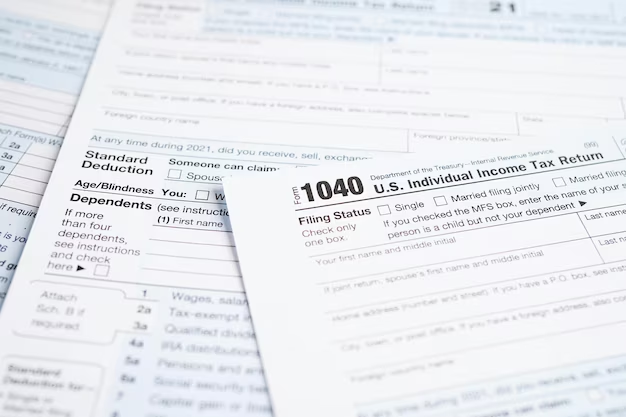Understanding the 1099-R Tax Form: What You Need to Know
If you've recently retired or found yourself on the receiving end of a pension, annuity, or retirement account distribution, understanding the 1099-R tax form is crucial. This form is your go-to document for reporting distributions from pensions, annuities, retirement or profit-sharing plans, IRAs, and more. It might seem like a lot to digest initially, but don't worry, we've got you covered with all the essentials.
What is a 1099-R Tax Form?
Simply put, the 1099-R form is an official Internal Revenue Service (IRS) document used to report distributions from various retirement accounts. If you received over $10 in distributions from these sources throughout the year, you should receive a 1099-R. It breaks down the gross distribution, the taxable amount, any amounts withheld for federal or state taxes, and more. The information on this form is essential for accurately filing your tax return. Ignoring it could lead to underpayment of taxes or even penalties.
Who Receives a 1099-R?
So, who exactly should be on the lookout for this form? If you've withdrawn funds from your specific retirement accounts or if you've benefitted from an annuity, you're likely to receive a 1099-R. This includes:
- Retirees tapping into their 401(k) or pension.
- Individuals who received distributions from IRAs.
- Beneficiaries collecting from someone else's retirement account.
How to Use a 1099-R When Filing Taxes
Filing taxes can sometimes feel like you're deciphering a foreign language, but the 1099-R form is designed to make the process more straightforward. Here's a quick guide to ensure you're handling it correctly:
Check the details: Ensure your personal information and the distribution amounts are accurate.
Understand the boxes: Critical fields include:
- Box 1: Gross distribution.
- Box 2a: Taxable amount.
- Box 4: Federal income tax withheld.
Report the income: The taxable amount must be included in your income tax return, helping to determine your overall tax liability.
Consult a professional: If you're unsure how to proceed, it may be wise to seek assistance from a tax professional. They can help you understand complex cases and ensure you’re compliant.
Bridging the Gap: From 1099-R to Financial Assistance
Understanding and managing your taxes is a great step toward financial literacy, but there’s more to consider. As you navigate life post-retirement or as you adjust to changes in your financial situation, you might find yourself in search of additional support. Here are some avenues to explore:
- Government Aid Programs 🏛: For those needing extra assistance, understanding eligibility for programs like Social Security and Medicare is crucial.
- Debt Relief Options 📉: If distributions were used to pay debts, exploring professional debt relief services could help you manage and reduce financial burdens.
- Educational Grants for Further Learning 🎓: It's never too late to expand your skillset! Utilize grants aimed at adult learners to gain new qualifications or improve employability.
- Credit Card Solutions 💳: Manage expenses and benefit from rewards by selecting cards that suit your lifestyle and spending habits.
Whether you're adapting to retirement’s financial landscape or seeking growth opportunities, remember there are myriad resources available to support your financial journey.
Financial Assistance & Resources Table:
| 💰 Resource | Description |
|---|---|
| 🏛 Social Security | Aid for retirees, disabled individuals, and families. |
| 🏠 HUD Programs | Housing assistance for various income levels. |
| 📉 Debt Management Services | Solutions and strategies to tackle accrued debts. |
| 🎓 Lifelong Learning Grants | Educational grants for skill enhancement and career shifts. |
| 💳 Senior-Friendly Credit Cards | Credit solutions with tailored benefits for seniors. |
